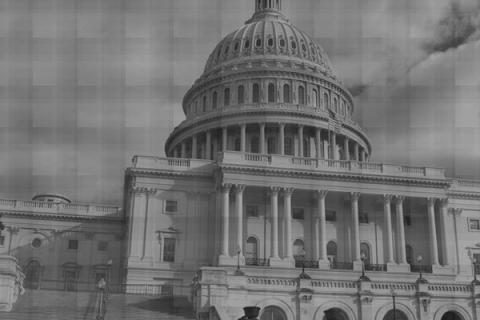California's citizens are again being asked to navigate the bizarre landscape of political discourse in order to make decisions that we pay our legislators to make for us. This time, the political paralysis that is called party loyalty may well force Republicans voters to oppose the spending controls that Democrats agreed to with great reluctance.
The issue is that while a "yes" vote for Measure 1A codifies the temporary tax increase, it also creates spending limits and a "rainy day fund" intended to mitigate economic-downturn related deficits. Voting against 1A leaves the tax increase in place, but de-links it from spending controls. Unfortunately, the knee-jerk political reaction to any threat of taxation is to say "no," even if it makes fiduciary sense.
The "no tax, no way" position also flies in the face of responsible budget management marked by attempts to close the severe budget gap.
This type of confusion is handy for politicians, who prefer the simplicity of black and white talking points - in this case, pro-tax vs. anti-tax - over complex, multi-faceted levels of information. Anyone in favor of 1A is pro-tax (i.e., the Democratic position); anyone opposed is anti-tax (i.e., the Republican position). No one seems interested in whether the measures will solve the state's fiscal crisis.
It is near impossible to achieve serious understanding of this matter through the voter guides as written. Vague phrases such as "could limit future deficits and spending" don't add much light to the heat. The "What Your Vote Means" section says that with a NO vote, "higher state taxes recently passed would end by 2010-11," but fails to mention anything about the lack of spending restrictions that would result.
The guides are incomprehensible - filled with political and legal jargon that is obfuscatory at best and wrong at worst. Plus, as the economic reality for print journalism has shown recently, nobody reads anyway. So we're likely to have a tiny percentage of California's voters making real decisions about 1A-1F, while most others will follow their party's or their union's or somebody's line.
There are some honest attempts to communicate clearly about these issues (for example, KQED's Forum has run an in-depth series on the ballot measures), but these approaches are probably reaching the same people who read the voter's guides with care and come to their own conclusions. It's facile to argue that any attack on ballot initiatives is a condemnation of voter's rights, since we know many voting decisions are made without a great deal of study. But these complicated ballot measures hare hardly the same as choosing between two or more candidates.
As has been noted here before, we elect our representatives to put the time and effort into understanding complex matters and voting sensibly on them. Evading this responsibility by throwing so many crucial issues back to the voters is a condemnation of the politicians, not the voting public. We clearly need to elect people who are capable of, and willing to make the crucial decisions, and reduce the ballot initiatives to a handful of concerns that should truly belong to the voters.
